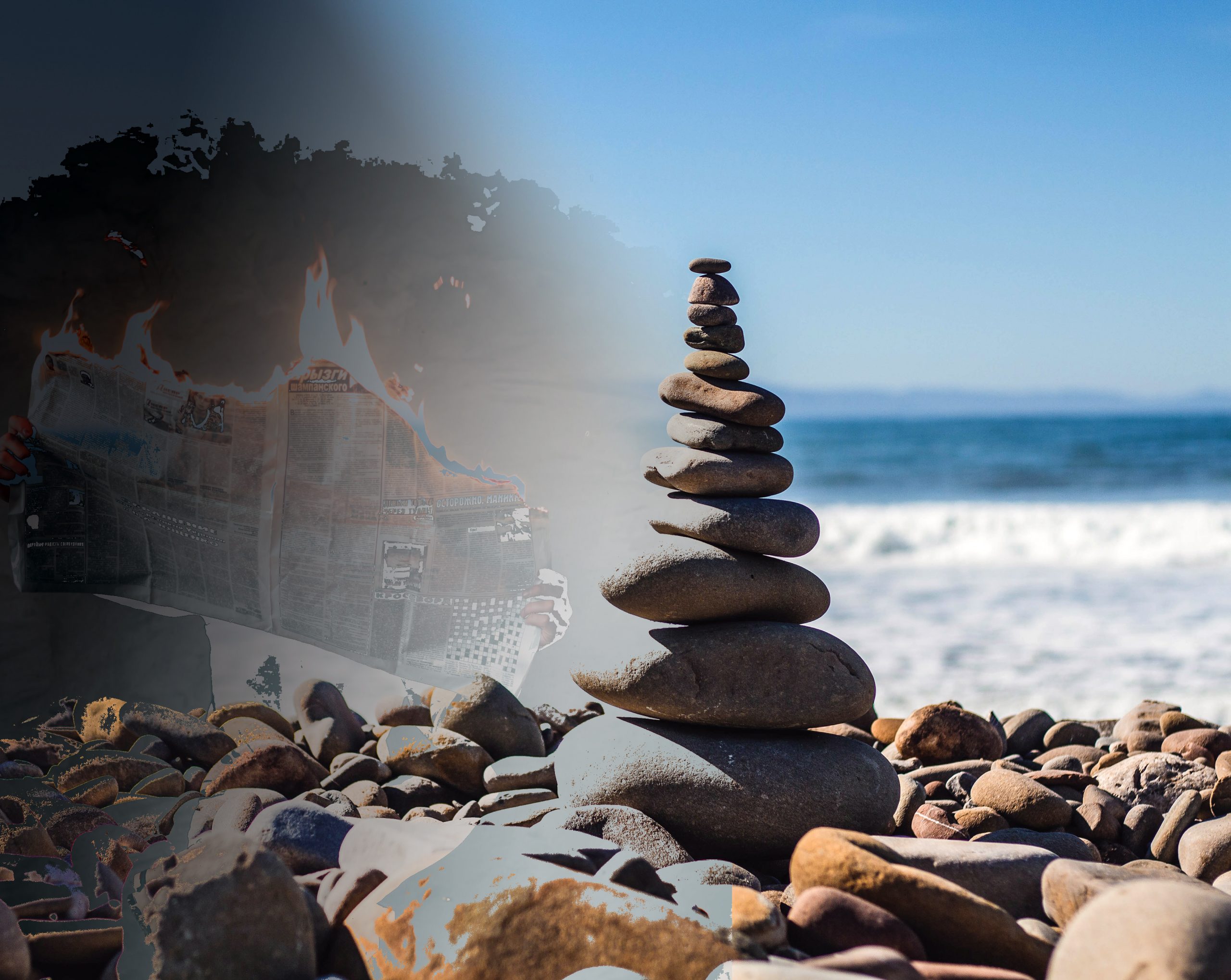If someone asks me if I’m stress-resistant, I would answer “no”.
Stress by definition is a reaction of an organism. If stress has appeared that means the organism is now mobilized for spending its reserves (fight or flight reaction) or that it’s in protection mode (indifference, depression).
Both depression and fight-or-flight modes mean a decrease in intellectual ability. How do you keep the ability if you have already lost the ability?
The word “stress resistance” conflicts with itself.
So what do the people want?
They want to keep their skills and abilities after something external happened to them. E.g. suddenly your client told you everything she thinks about you. Or you’re being threatened. Or you have an unhealthy atmosphere with your colleagues. Or you are just not in time for the deadline [“deadline” itself is a funny word].
“Stress resistance” means that if the situation requires an active action, your abilities are not lowered.
There’s another case: if the situation is stereotypically stressful. If someone has shouted at you – is it stress? If that was an old lady in a grocery store – obviously not, because nothing comes out of it and you don’t need to do anything.
If your boss has shouted at you, you can (a) calm him down or (b) prepare to be fired. These are intellectual tasks and here’s a conflict with stressful states. You can also (c) shout at him for a reply if you have this style of partnership, and that may be a positive stimulating stress for someone.
Entities for this model:
Situation – the real world can bring us anything.
Reaction to the situation – it can be controlled, and it exists only in our head.
Time period.
5 types of stress resistance
- Not giving a fuck. That means you’re not responsible for anything. That works, but your business will die.
- Buddha way. You have your mind disconnected from your emotions.
- Perceive it as eustress. Emotionally, as a challenge, which will increase activity. It’s impossible to use it every time because physical resources are finite.
- Switch quickly. 2 minutes under stress – then you take yourself up. Is it possible?
- Biohacker’s way. Can be divided into two types:
- Optimize your body. Replenish body iron supplies, be fit physically, etc.
- Artificial stimulation. Force your body to use all resources you have. Coffee, “adaptogens”, “nootropics”, amphetamine-like farmaceuticals, etc.
It seems like regular training in (4) switching may shorten stressful periods and finally lead to (2) a Buddhist way. And the Buddhist mode ideally allows one to perceive any situation without a stress response.
Challenge for everyone
A problem: resources are limited, but you have to do business. I’m talking about anything: commercial, non-commercial projects, science, and social work.
Nobody said that the world adapts to our personal resources so that we can change them.
So stress management is required for everybody.
On full physical exhaust, the only solution is (1) not giving a fuck. This means you don’t react anymore. Options of it:
a) pass the task to somebody else.
b) go for holidays = stop the business [or put it off]
c) behave inadequately = destroy the business
d) declare bankruptcy [the exit strategy should have been prepared before]
Not giving a fuck – 2 subtypes
- Classical: forgot about everything: partners’ or clients’ needs, and harm yourself. The work is not being done and there’s no productivity.
- Anti-perfectionism. Stop paying attention to small mistakes, do the main part. Use Paretho rule: 80/20. Make a rough product, which is still scalable and brings value.
Self-esteem, and how it affects this
Self-esteem is a strange buzzword too. It can be higher than real, lower, or adequate.
Low: you’ll get stressed often. Which means destroying your resources for nothing. You are not using your potential at the time, you burn it.
High: the classical “not giving a fuck” can switch on. Your work will be done badly, but evaluated like “YEAH! We’re super, we did it!!” It gives eustress, which is good. The big disadvantage is that you destroy your work because you’re not organized and make fatal mistakes.
If you don’t estimate yourself at all, self-esteem is random: high, low, whatever the Universe provides you with.
Switching (4)
In other words, taking yourself up.
Switching can be and should be trained regularly.
When you’re perfect in switching, your stress will be switched off the very second it starts, or even it won’t start at all.
But if you’re not perfect – remember that you can be stressed for the rest of the day, or for 2 minutes. That’s a huge difference, especially if this situation repeats.
Ideal switching becomes (2) the buddha way.
Distress, eustress, and connecting to the Source
“Connecting to the Source” provides confidence and readiness for heroism. The “flow” mode switches on.
Many are narrowing the scope of their activities. “I’m a professional designer, and politics/business/science is not my job”. This way they stay inside the flow and do their job well. But only their job and nothing else.
“Connecting to the Source” is a separate long story, which is related to deep individualism, accepting that you are a separate being, internal harmony, and freedom. It’s also about the internal locus of control.
This allows one to control oneself, use the power of eustress and detach from stereotypical stress reactions.
This is an important topic worth a separate post.
I’m certain that diverse experience, understanding of oneself, and of scientific principles of learning (see learning-how-to-learn course and deliberate practice) allow finding the flow in any kind of work.
Thanks to @IkkiArixez and @ElenaMilova for the discussions and ideas which, among others, are covered by this post.



